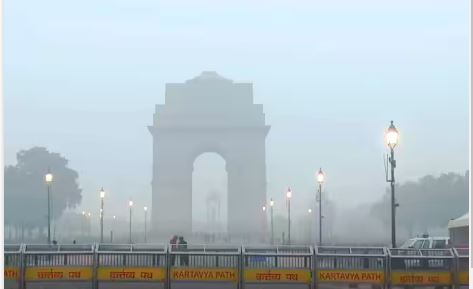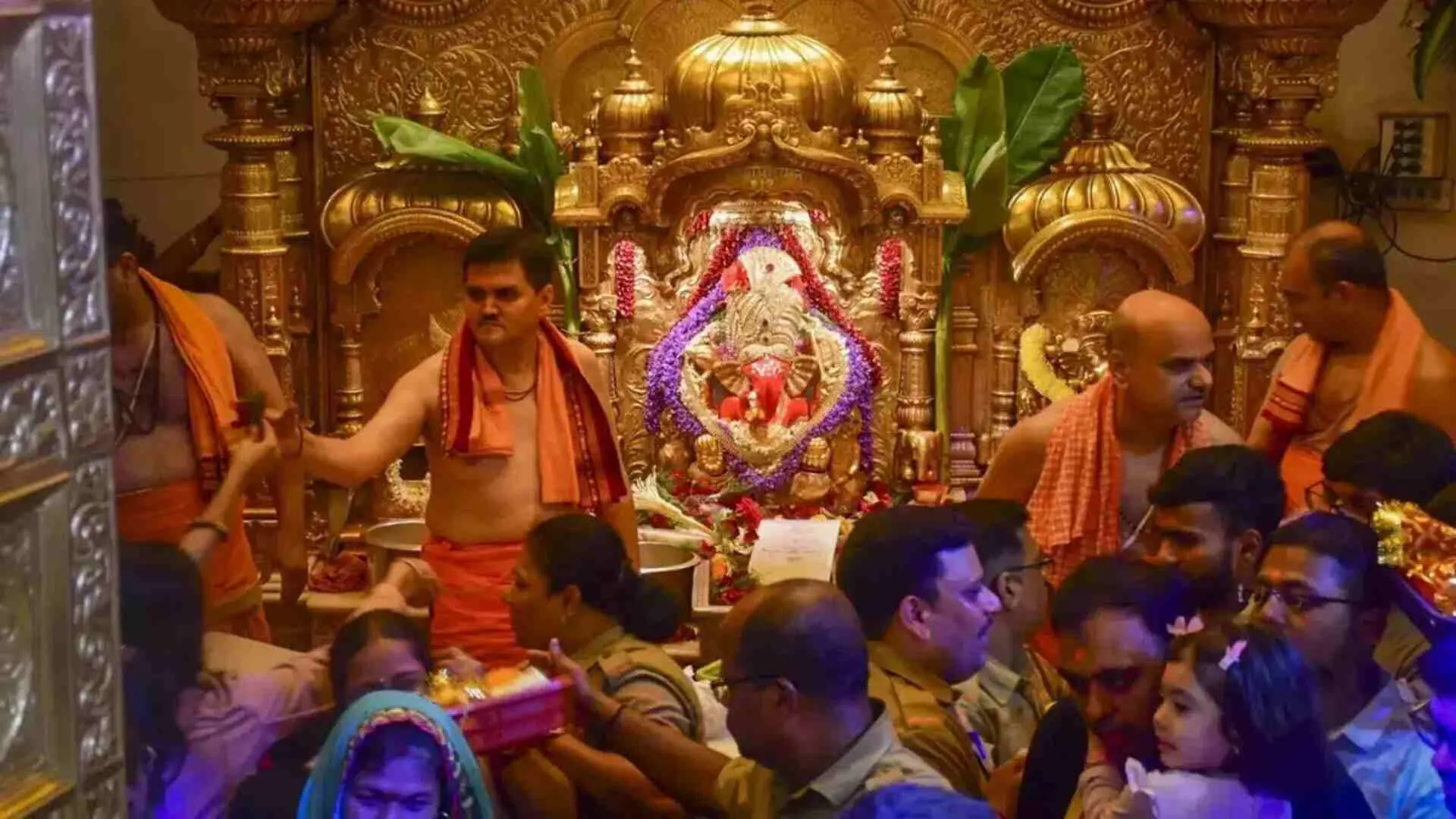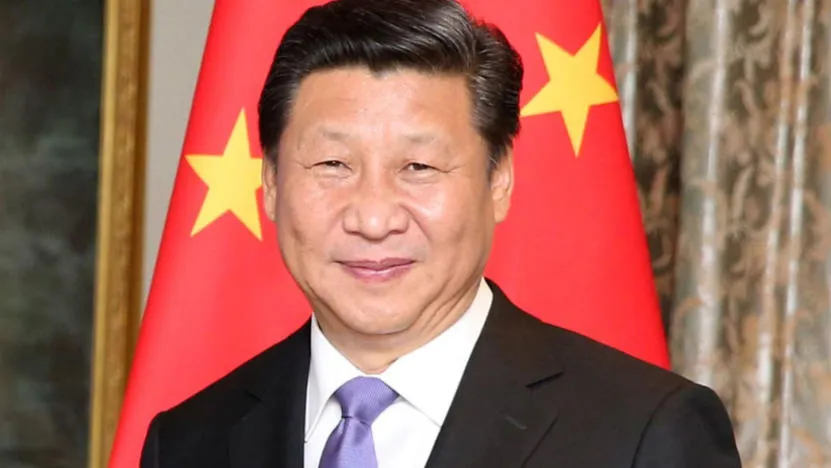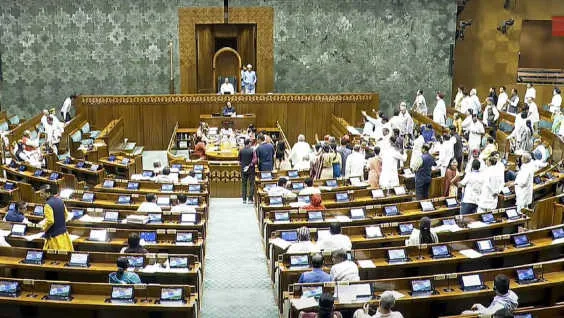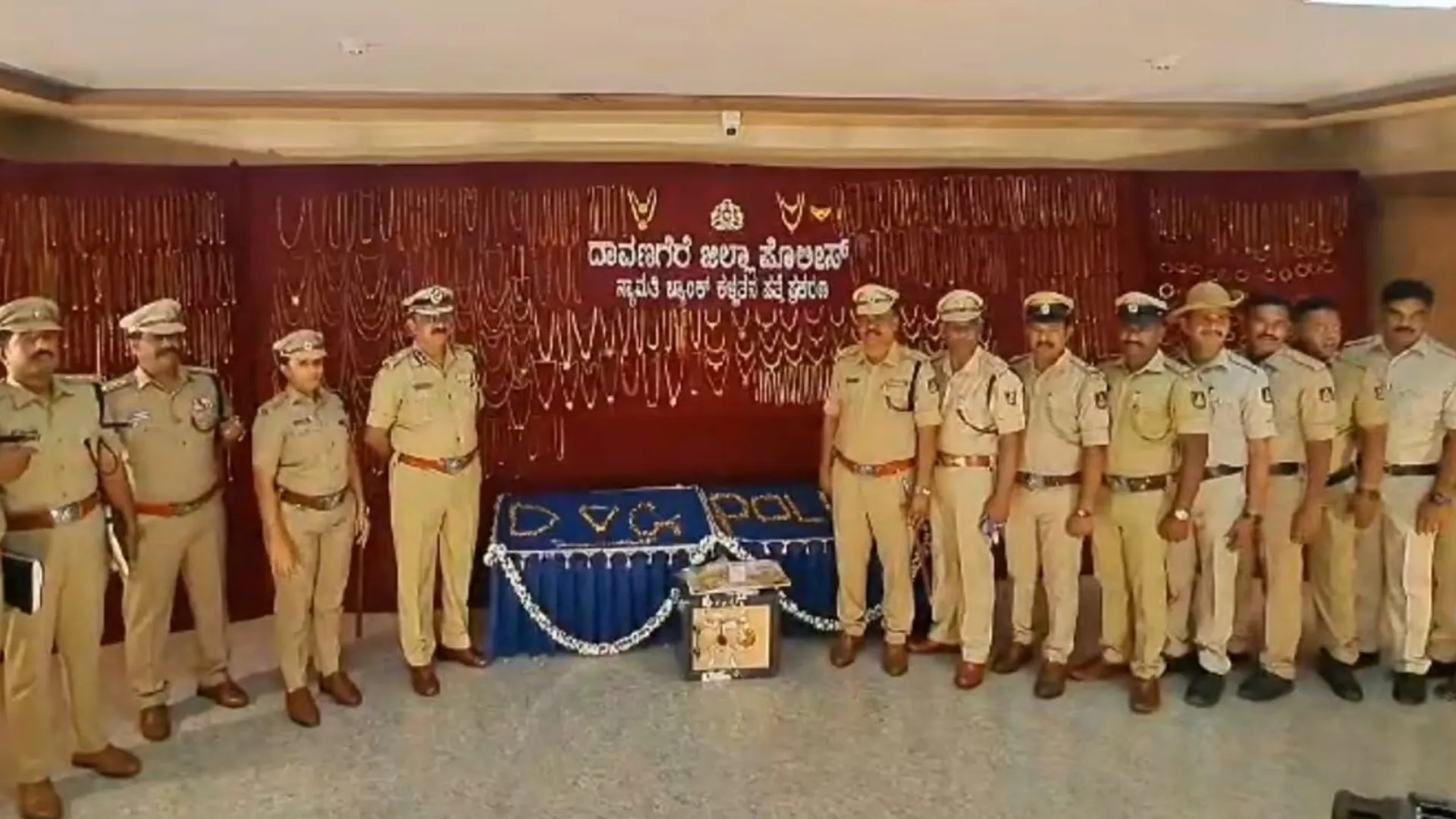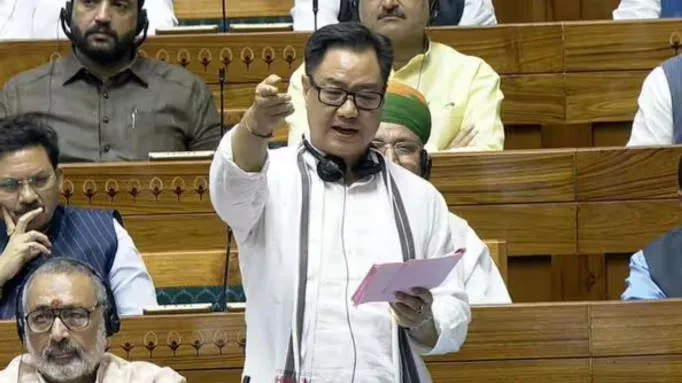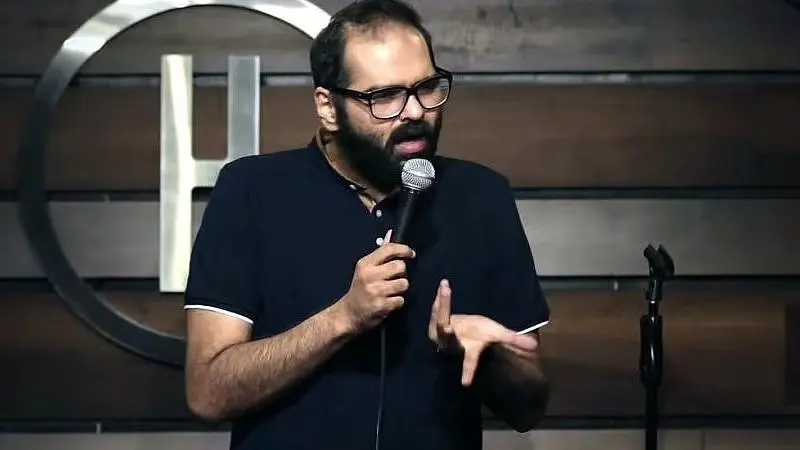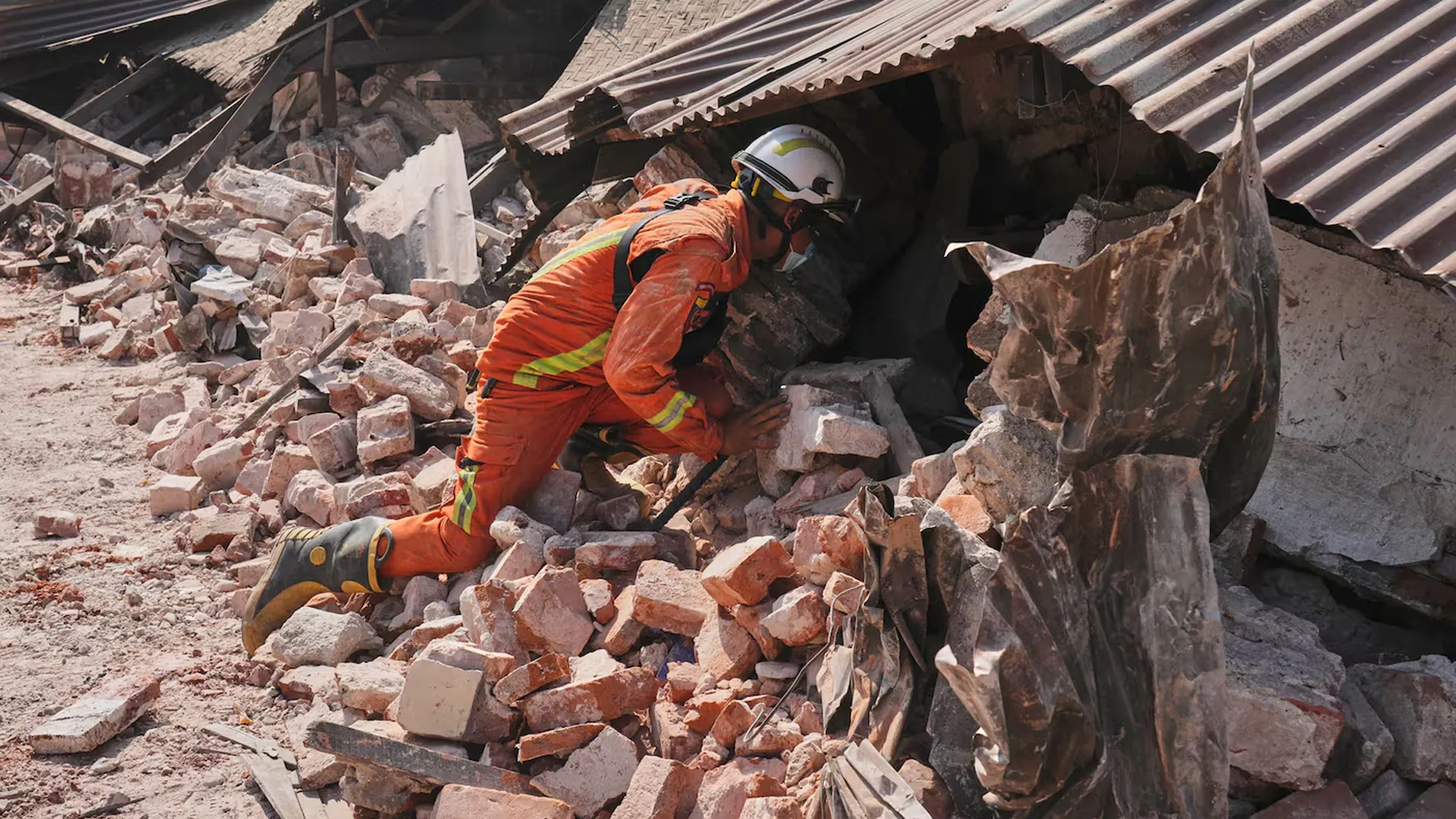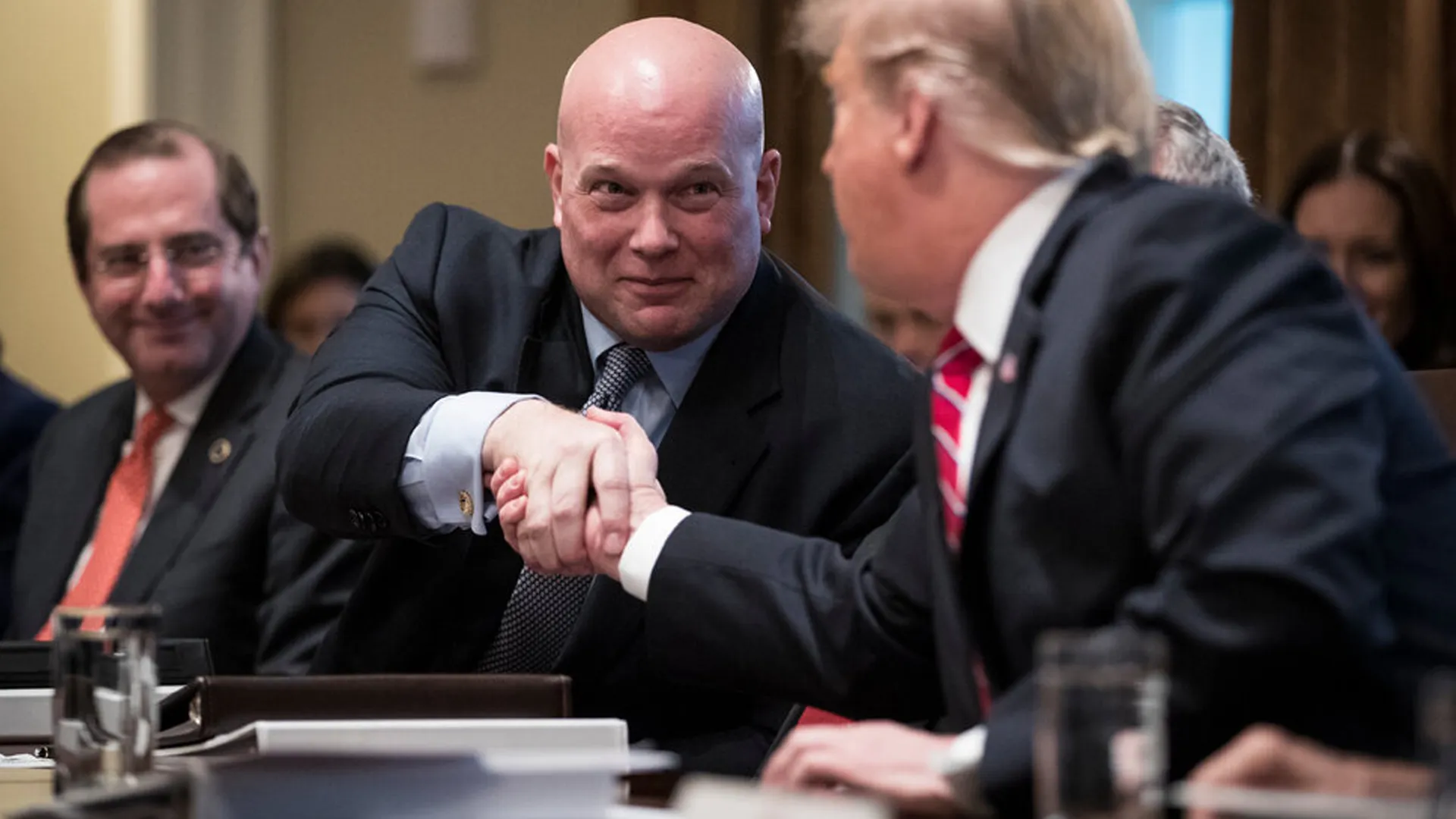Delhi is once again engulfed in heavy smog, with the air quality remaining in the “severe” category for the third consecutive day. According to reports from IQAir, a Swiss air quality monitoring company, Delhi’s Air Quality Index (AQI) has reached 498, making it the second most polluted city globally, just behind Lahore, Pakistan, which recorded an AQI of 770 at 7 AM.
Primary School Go Online
With no relief in sight, Delhi’s Chief Minister Atishi announced on X that all primary schools in the city will switch to online classes. She stated that these online sessions for primary school students will continue until further directions.
Due to rising pollution levels, all primary schools in Delhi will be shifting to online classes, until further directions.
— Atishi (@AtishiAAP) November 14, 2024
Major Polluted Areas in Delhi
The Central Pollution Control Board’s Sameer App highlighted the most polluted areas in Delhi this morning. The top five were:
- Jahangirpuri: AQI 458
- Bawana: AQI 455
- Wazirpur: AQI 455
- Rohini: AQI 452
- Punjabi Bagh: AQI 443
Visibility in areas like Palam and Safdarjung was severely reduced, with reports of 500m and 400m visibility, respectively.
Air Quality Worsens Further
Delhi’s air quality deteriorated on Thursday, moving deeper into the “severe” category. The average AQI increased from 418 the previous day to 424. In response, the Commission for Air Quality Management (CAQM) decided to implement Stage III of the Graded Response Action Plan (GRAP). This stricter level of restrictions, effective from 8 AM Friday, aims to curb further deterioration of air quality.
Restrictions Under Stage III of GRAP
Stage III of the GRAP imposes several restrictions:
- Bans on construction and demolition activities (C&D).
- Restrictions on the use of certain vehicles, including BS-3 petrol and BS-4 diesel cars, and BS-4 diesel buses from NCR states.
- Enhancements in public transportation services.
Delhi Metro Rail Corporation (DMRC) will operate 20 additional trips to support the increased demand, adding to the 40 extra trips already running under the previous stage of GRAP.
Stubble Burning Contributes to Pollution
Stubble burning continues to be a major contributor to Delhi’s pollution. According to the Indian Institute of Tropical Meteorology’s (IITM) Decision Support System, the share of stubble burning in Delhi’s air quality increased to 30% on Wednesday, up from 17% on Tuesday.
The air quality is expected to remain in the “very poor” category from November 15 to 17, with no immediate relief in sight. The forecast predicts the conditions will remain unfavourable for the dispersion of pollutants due to heavy fog and adverse meteorological conditions.
The Impact of Meteorological Conditions
The CAQM reported that meteorological factors, including heavy fog and unfavourable weather conditions, are preventing the dispersion of pollutants, leading to stagnant air quality. The AQI remained around 425 on Thursday, and authorities predict it will stay in the “very poor” category in the coming days. These conditions are prevalent not only in Delhi but also in neighbouring regions such as Punjab, Haryana, and Uttar Pradesh.
PM2.5 and Other Pollutants
On Thursday, PM2.5 was the dominant pollutant in Delhi’s air, with high moisture levels supporting the accumulation of these harmful particles. By noon, the AQI reached 424, with most areas under the “severe” category.
Transport emerged as the biggest contributor to local emissions, accounting for 12.24% of PM2.5 levels. Other contributors include:
- Residential sector: 3.12%
- Pollution from neighbouring cities like Sonipat, Panipat, Ghaziabad, and Gautam Budh Nagar: 3.5% each
- Industrial emissions: 2.7%
Pollution Levels Exceed Safe Limits
According to the Central Pollution Control Board, the PM2.5 levels in the city ranged from 209.5 to 290.5 micrograms per cubic meter, which is significantly higher than the national standard of 60 units and the WHO’s limit of 15 units. Similarly, PM10 levels oscillated between 347.8 and 439.8 micrograms per cubic meter, far above the national and WHO limits of 100 units and 45 units, respectively.
Delhi’s air quality continues to worsen, with high levels of pollution severely affecting residents. The implementation of Stage III restrictions under GRAP is aimed at reducing the impact, but experts warn that the city may remain in the “very poor” air quality category for several days.

